Eurasian trade prospects for Iran
The US withdrawal from the JCPOA and its sanctions against Iran, in addition to Russia’s geopolitical difficulties with the West, have led these two countries to expand their cooperation within the framework of the Eurasian Economic Union.
As the world struggles to adjust to the transforming and globalizing trends, regional countries find it essential to cooperate locally.
In return, modern regionalism offers a more comprehensive and multifaceted solution compared to regional integrations of the past.
It goes far beyond the realms of free trade and economic development and addresses environmental, social, and security issues as well.
The success of regionalism in Europe is a good example of nations who are still hesitant about regional cooperation despite the existence of common economic, cultural and geopolitical goals as well as a need for greater regional empowerment.
In the economic sphere new regionalism has been extremely effective in helping to secure markets and providing economic strength through the creation of Regional Trade Agreements.
In line with these transformational developments the Islamic Republic of Iran has entered a few regionalization processes.
As part of this new strategy, it has put cooperation and convergence with the Eurasian Economic Union on its agenda.
The EAEU bloc offers the Islamic Republic a combination of dependable trade, diplomacy, and counter-Western alignment that could be meaningful to Tehran in its international relations.
In the past few years, and especially throughout the coronavirus pandemic, China has replaced Europe as the main trade partner of the Islamic Republic of Iran.
This has been one of the few positive experiences in the international arena for Iran in recent times.
Building on this positive experience, Tehran has shaken up its economic diplomacy by looking to the north in addition to the east as a way to diversify its partnerships and regional cooperation.
The US withdrawal from the nuclear agreement (JCPOA) during Trump years and its extensive sanctions against Iran, in addition to Russia’s geopolitical difficulties with the West, have led these two countries to expand their cooperation within the framework of the Eurasian Economic Union.
So far, the results show that aside from the economic benefits of the agreement, its political and geopolitical goals are also of high significance for both Iran and Russia.
I think that if we focus our attention on Eastern countries, especially those in Central Asia, East Asia, as well as Eastern Europe instead of focusing on the West, we can definitely benefit from their considerable economic potential.
As you are aware, we are facing a lot of challenges in interacting with Western countries, because of the United States and Israel’s attitudes toward Iran. But the same challenges don’t exist in our ties with Eastern nations. That creates a great opportunity for our economy.
Mohsen Zanganeh, MP, Budget and Planning Committee
Iran is an important consumer market for the region and the development of good relations with this country is of high importance for the EAEU members.
Given the ongoing illegal US and EU sanctions on Iran, its economy is now seeking the Eurasian markets, to replace lost European trade and investment.
You see, last year, while almost the entire world saw negative economic growth, China’s economy grew by nine-point-eight percent, which is almost 10 percent. Considering how big China’s economy already is, a country whose GDP is 14-trillion dollars, a 10-percent economic growth is very significant.
That makes China an emerging power. It needs countries like Iran to continue that growth. We also need to correct the unbalanced view toward the West and also look at the East.
We can define a win-win situation, which will ultimately benefit the people. That would be made possible only if we bring investors from the East to Iran.
Mohammad Javad Mohagheghnia, Professor of Economics, Allameh Tabataba'i University
The EAEU region is located at the eastern end of Europe, bounded by the Arctic in the north, the Pacific Ocean to the east and Eastern Asia, West Asia, and parts of Central Asia to the south. This region accounts for about 15 percent of the world's landmass, 2.4 percent of the world’s population, and 2.2 percent of the world’s GDP.
The Eurasian Economic Union was an upgraded version of the Customs Union, initiated by Russian President Vladimir Putin with the aim of breaking Western sanctions and restricting the pressure unilateral US action imposed on emerging and powerful nations. You know that the Russian Federation is also a member of the World Trade Organization, but because of the Americans’ tendency to pressure emerging powers, such as the Russian Federation, the Russian side initiated the union with its allies. The Eurasian Economic Union has grown to the point where more than 40 countries are now in line to join.
Rouhollah Modabber, Eurasia Affairs Specialist
The Member states established the union based on a certain understanding of their long-term economic objectives.
Creating a single market for trading goods, services and capital distribution of labor forces among member states as well as the highly ambitious goal of creating a customs union.
One of the most important capacities and programs in the Eurasian Economic Union, which is exactly like the World Trade Organization, is the abolition of customs tariffs between its members and, most importantly, the investment program in the member states, aimed at the coordination of the growth and development of the Eurasian Economic Union.
We have a very important clause in the Union's documents called knowledge exchange. The member states can use this opportunity to exchange knowledge among themselves. They can also exchange workers and get them work visas within the Union.
Rouhollah Modabber, Eurasia Affairs Specialist
It's noteworthy that the Interim Agreement enabling the formation of a free trade area between the EAEU and the Islamic Republic was signed nine days after the Trump administration withdrew from the Iran nuclear agreement in May 2018, and came into effect on October 27, 2019.
The FTA will become permanent within three years if pending talks work out.
The objectives of the agreement are to liberalize and facilitate trade between the various parties, primarily through, reduction or elimination of tariff and non-tariff barriers relating to 502 goods and services by the Eurasian Economic Union and 360 items by Iran.
Since 2018, the agreement with the union has significantly increased Iran’s exports to the EAEU and has been a major factor in boosting Iranian non-oil exports during the US imposed sanctions.
After the original FTA came into effect, Iran-EAEU trade immediately rose nearly 30% reaching $330 million a month.
There’s an almost complete package of different areas we can have economic exchange with. Most of these countries are very fertile for agricultural products and are rich in water resources.
Agricultural products constitute the majority of our imports.
We can even do rental farming there, meaning that our farmers can take control of lands there and cultivate their crops.
This also provides us with a unique opportunity for the transport sector, because Iran sits on a transit network to Europe on one side, and the Far East through Russia, Kazakhstan, and Kyrgyzstan.
Mohsen Zanganeh, MP, Budget and Planning Committee
A weakened USA
The US has changed into a weaker country today. Those who are under the American media’s hypnosis need to wake up and act according to their national interests. It’s up to us whether or not we are restricted in the regional deals.
Why didn’t we join the Shanghai Cooperation Organization? There were some who thought that we first need to make deals with the US because it might cause problems for us.
We used to remind them that there are only two key nations in SCO, namely Russia and China and that making deals with them warrants our permanent membership in the treaty, but they would refuse to wake up from their illusions.
Rouhollah Modabber, Eurasia Affairs Specialist
To remove obstacles and further ease the trade process, Iran has stressed the need to abandon the US dollar in financial transactions and switch to national currencies.
The EAEU has repeatedly stated that it is consistently moving towards this goal. Similar statements and practices are presently witnessed in bilateral relations between Iran and some EAEU member states.
The other issue is the national currencies and exchanging them with the other member states of the Eurasian Economic Union. This has already started.
Currently, a majority of the financial exchanges that take place between the member states are denominated in their national currency. This creates a good opportunity for the Islamic Republic of Iran to reduce its dependence on the dollar to a great extent. This has also happened too.
It’s interesting to know that Russia has limited its currency’s dependence on the dollar by some 50 percent, meaning that about 49% of its currency is dependent on the Dollar.
Rouhollah Modabber, Eurasia Affairs Specialist
The idea of rapprochement between Iran and the EAEU has to be considered in the context of Iran’s broader persuasive efforts toward greater regionalism and Eurasian cooperation.
Tehran’s activities with two other regional bodies—the Economic Cooperation Organization (ECO) and the Shanghai Cooperation Organization (SCO) is indicative of what lies ahead with the EAEU.
Tehran’s SCO pivot has been consistent with its longstanding balancing act against Washington and its outreach to the EAEU reflects the same mindset.
In the current situation when we’re under sanctions, I think one of the best strategies is that while we are continuing negotiations with the West and sitting at the negotiating table as we are not afraid of dialogue based on the principles of the Islamic Republic and the revolution, the 13th administration must also have a special look to the east during.
And certainly, if we can gain membership in international treaties with regional unions in the East, like Eurasia, ASEAN, etc., we can actually increase our power in the region, and that in itself has a deterrent power over the West.
Mohsen Zanganeh, MP, Budget and Planning Committee
Iranian policy makers are confident that the dependence of Iran and EAEU countries on trade with each other brings additional regional security in the process.
The Eurasian Economic Union is an economic arm that strengthens its member states. We don’t consider it a mere economic pact. When it comes to improving the standards of members, there is also the issue of security.
We have the northwest of Iran, both the northern and southern Caucasus, which is a strategic region where the American and Western sides have always wanted to incite sedition.
They’re now using Turkey as a tool to disrupt the region under various pretexts. Turkey is also a member of the North Atlantic Treaty Organization.
Eastern nations, by forging security alliances, seek to stand against the western parties that want to disrupt the peace in the region.
Rouhollah Modabber, Eurasia Affairs Specialist
Judging by what both Iran and the EAEU member states say, all the sides are intent on replacing the interim agreement with a permanent one.
Iran, with its large population, is viewed as a strong economic power. In terms of nominal GDP, its economy ranks twenty-second globally. Iran is also endowed with 9.5% of the world's total oil reserves and ranks fourth in the world in this category.
According to data released recently by Iran's Customs Administration (IRICA), the value of non-oil trade between Iran and the members of the EAEU exceeded $1.6 billion in the first four months of the current Iranian calendar year (March 21 – July 22) to register 93% Year on Year growth compared to 2020.
In total, Iran exported over $385 million worth of commodities to the EAEU countries during that period, which accounts for an increase of 46%. This is while Iran’s import from the EAEU reached $1.252 billion in the same period.
Moreover, according to data published by the EAEU’s executive body so far nearly half of Iran’s exports has gone to Russia, 40% to Armenia, and 10% to Kazakhstan. These export items included fruits, vegetables, nuts, cement, ferrous metal products, petroleum products, and natural/liquefied gas.
On the other end, nearly three-quarters of Iran’s EAEU imports have come from Russia, under 20% from Kazakhstan, and 5% from Armenia.
To take the next step, the Iranian government has announced that it is planning to reach $48 billion in non-oil exports to fifteen neighboring countries, including Armenia, Kazakhstan, and Russia in near term.
In general, we need to increase our non-oil exports to $ 200 billion annually. This should be a short-term or at least a medium-term plan for us; we must not leave it to the long term. Achieving the target would turn us into a developed nation.
All the economic fluctuations we’re experiencing are because we lack sufficient exports and income. We need to start moving toward that goal. To that aim, it’s essential that the Ministry of Foreign Affairs changes its approach and sets quantifiable goals, and holds our embassies accountable so we hit the targets.
And they must take measures to solve the problems and take effective steps to facilitate that.
Mohammad Javad Mohagheghnia, Professor of Economics, Allameh Tabataba'i University
Iranian Ambassador to Russia Kazem Jalali has praised the level of ties between Iran and the EAEU, pointing out Iran's efforts in the field of logistics and the fact that Iran can facilitate Eurasian trade through regional corridors.
Jalali was referring to a couple of rail and sea routes and noted, “two very important border points of the Rasht-Astara and Chabahar-Zahedan railways are currently being completed.
In almost all important economic or cultural meetings in the world, the Islamic Republic of Iran is on agenda. It’s possible that Russia, Eurasian countries, or those in ASEAN would give up some of their own economic interests to get closer to and do business with the Islamic Republic.
There have been many examples that this did happen.
There are many banks in China, Russia, and other Asian countries that are doing business with Iran despite all the economic sanctions in place against Tehran.
This shows that the Islamic Republic is important to them and that they choose to pay the price of getting closer to Iran.
Mohsen Zanganeh, MP, Budget and Planning Committee
Indeed, Iran’s prime geostrategic position makes it a key node along the Eurasian transport corridors.
For example, Russia and India have both been working on the infrastructure project of the International North-South Transportation Corridor, (INSTC) which is now starting to become operational.
This multimodal route allows transport of goods from India to Iran’s Chabahar Port by sea, then by rail across Iran, with connections east to Afghanistan and west to Turkey. Further north it reaches the Iranian Anzali Caspian Sea Port and Free Trade Zone just north of Tehran.
As such, Iran can become an ideal partner in unblocking its own connecting corridors while developing new transport and energy routes in the South Caucasus.
Another very important feature of the Eurasian Economic Union which creates a tremendous opportunity for not only the Islamic Republic, but all member states, which is also present in the security, military, and cultural Shanghai Cooperation Organization, is the issue of transportation.
Today, the international system prioritizes transit diplomacy. The most urgent issue in economic pacts is transit.
Currently, the countries that are opposing the US are looking for alternatives to replace transit routes, one of the most promising of which is the North-South corridor that passes through the territory of the Islamic Republic of Iran.
Rouhollah Modabber, Eurasia Affairs Specialist
As far as the EAEU interests are concerned, analysts report that in addition to possessing economic and security opportunities, Iran represents serious potential for the Union’s expansion.
On the one hand, Iran will be the first non-Soviet country in the group, paving the way for other nations’ membership.
On the other hand, gaining access to the warm waters, on the Iranian shores of the Persian Gulf, provides a significant geopolitical opening for the Eurasian Economic Union’s member states.
Two Israeli settlers killed in alleged car-ramming, stabbing attack
VIDEO | Iran set to launch new domestically developed satellites into space
Araghchi says Iran satellite program ‘entirely peaceful’ ahead of triple launch
Venezuela's oil grab reveals Trump’s ‘supremacist, colonialist’ agenda: Analyst
VIDEO | Gaza’s remaining Christians gather in prayer amid war and loss
Iran FM: US pursuing 'law of jungle' over diplomacy
VIDEO | Gaza’s hospitals face collapse as shortages halt surgeries
At least 5 killed in terrorist attack on mosque in Syria’s Homs


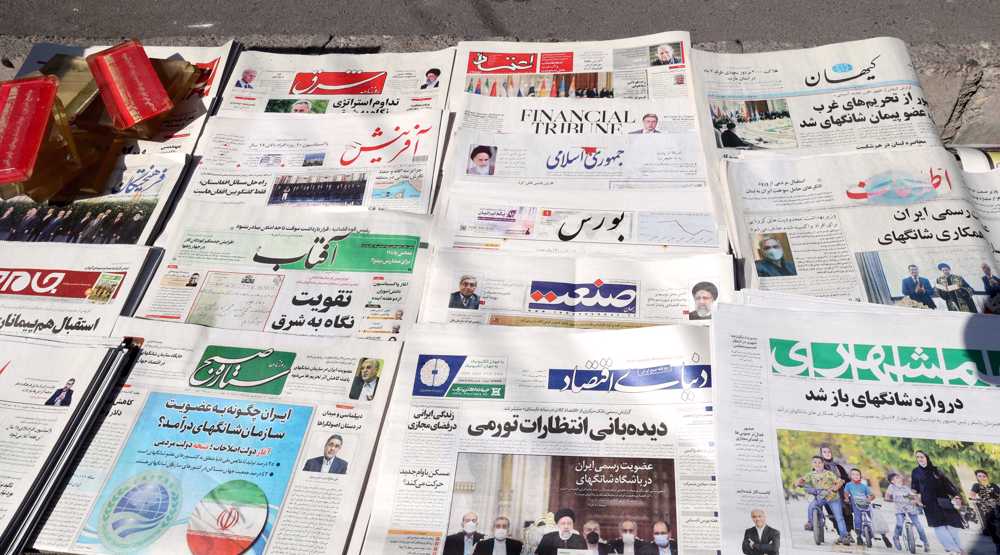

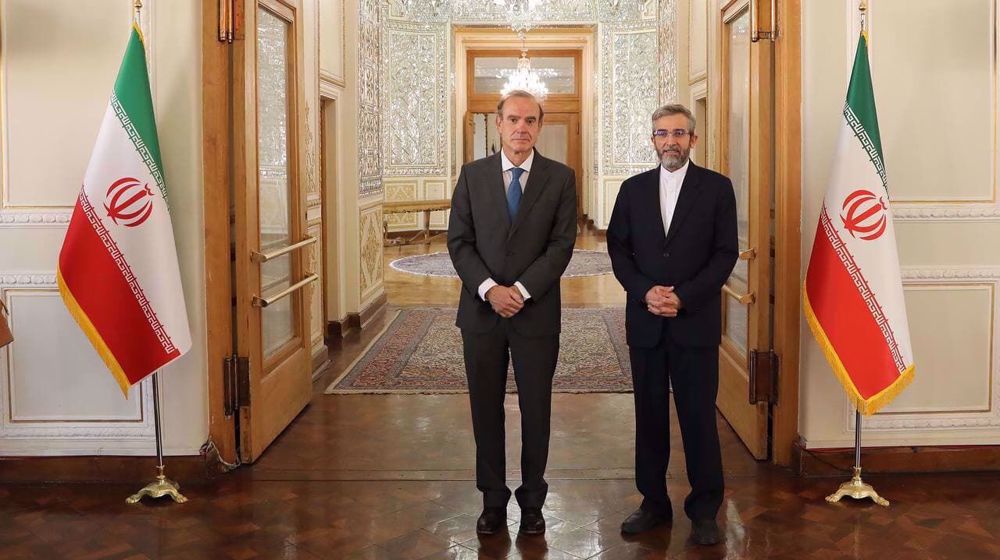
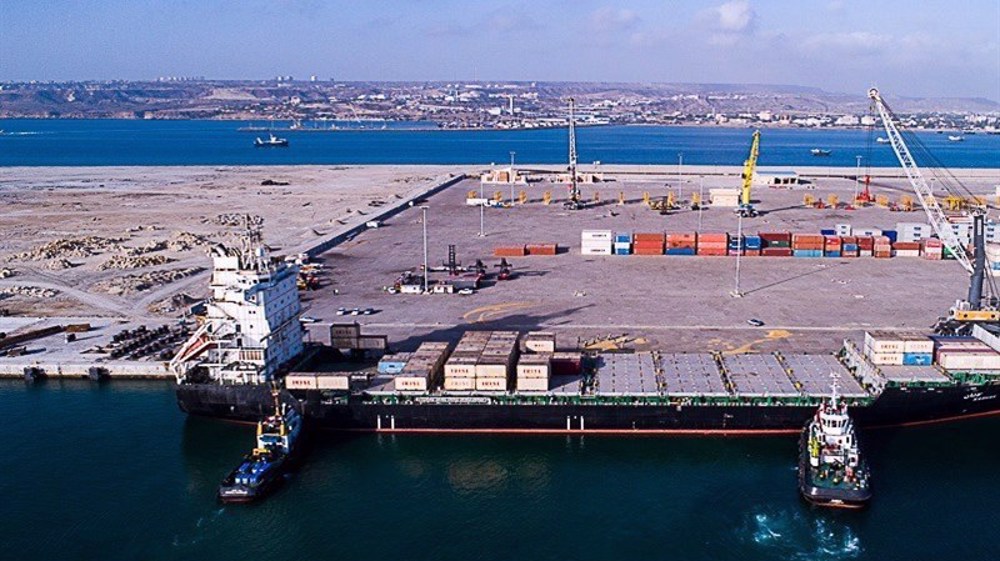

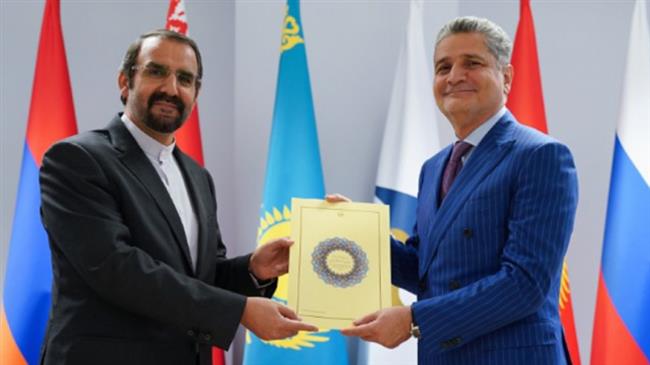
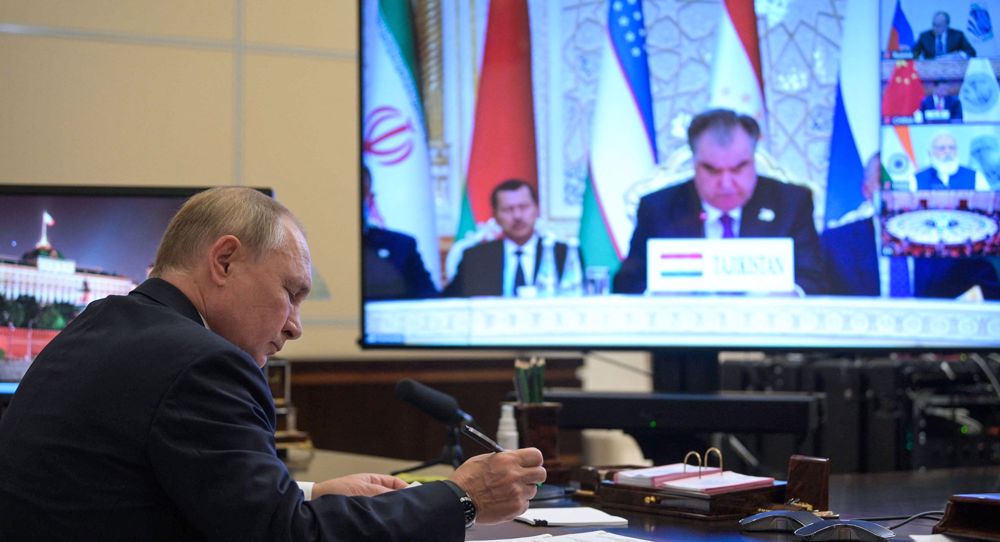

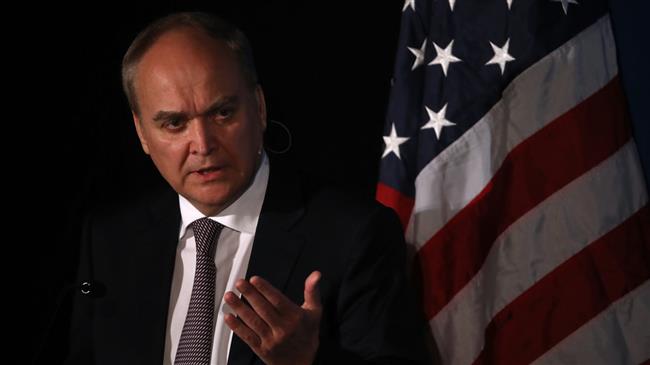
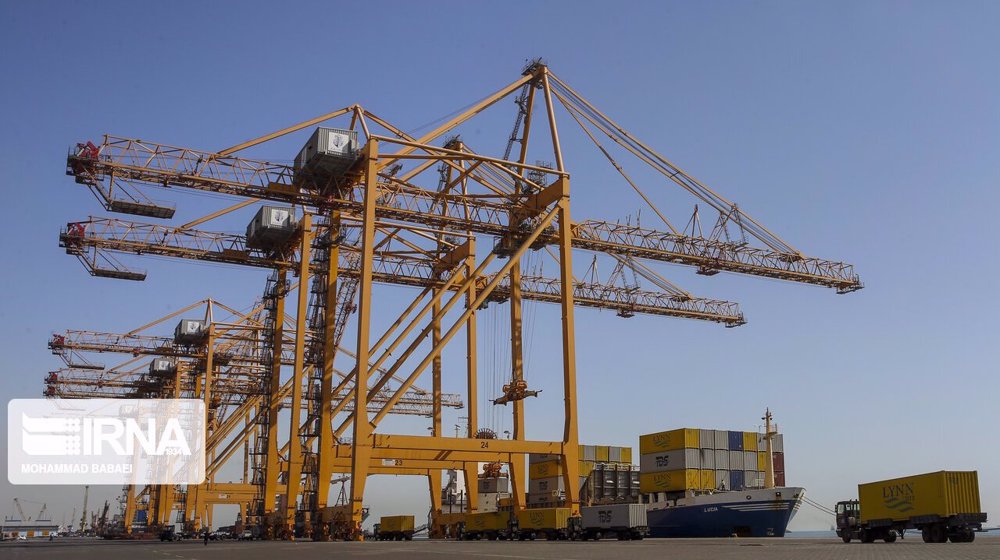

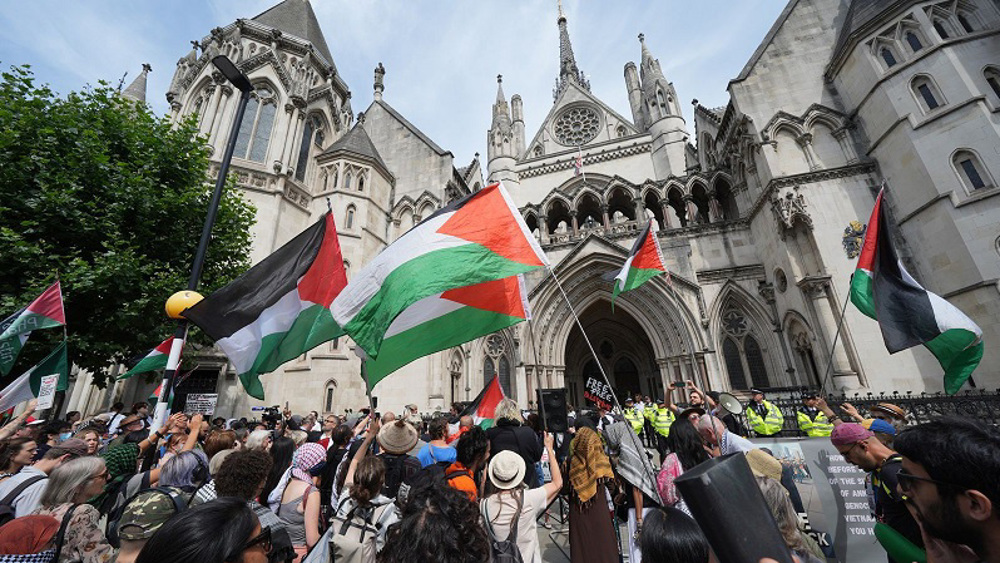
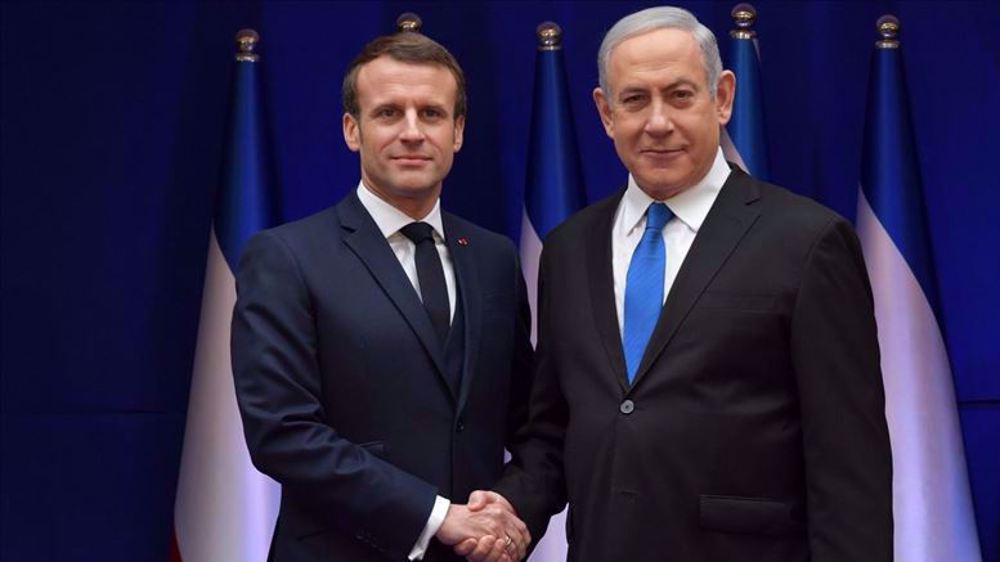






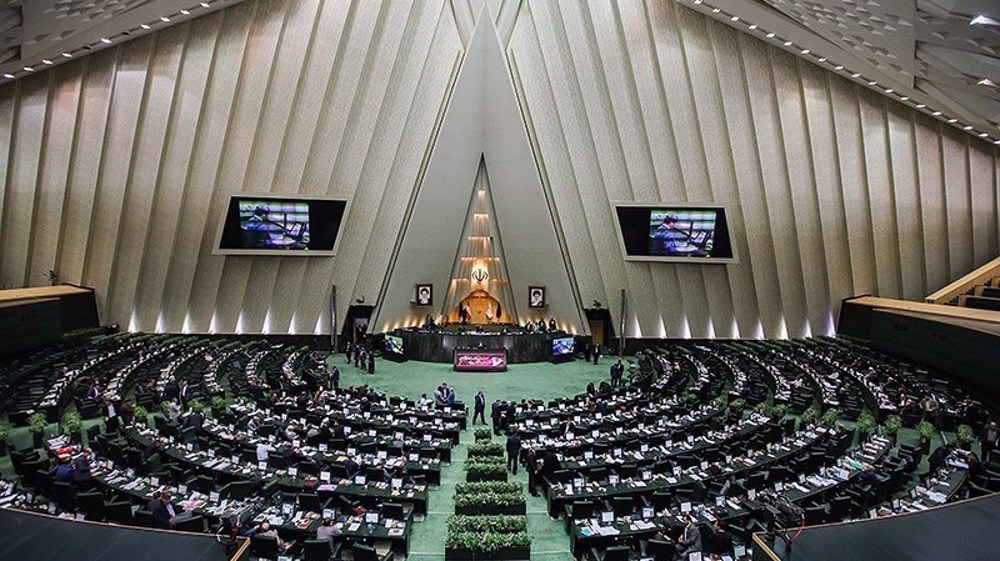

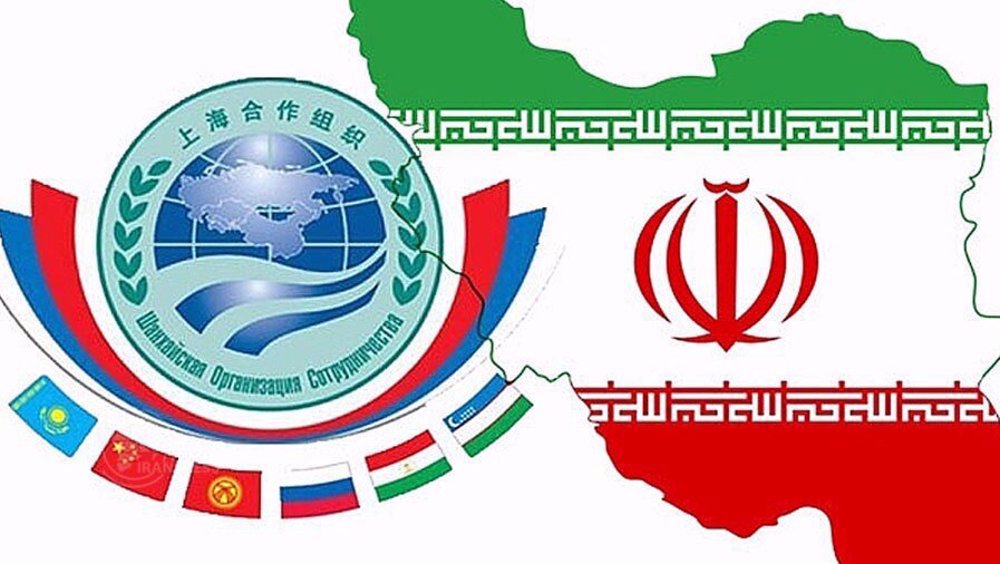
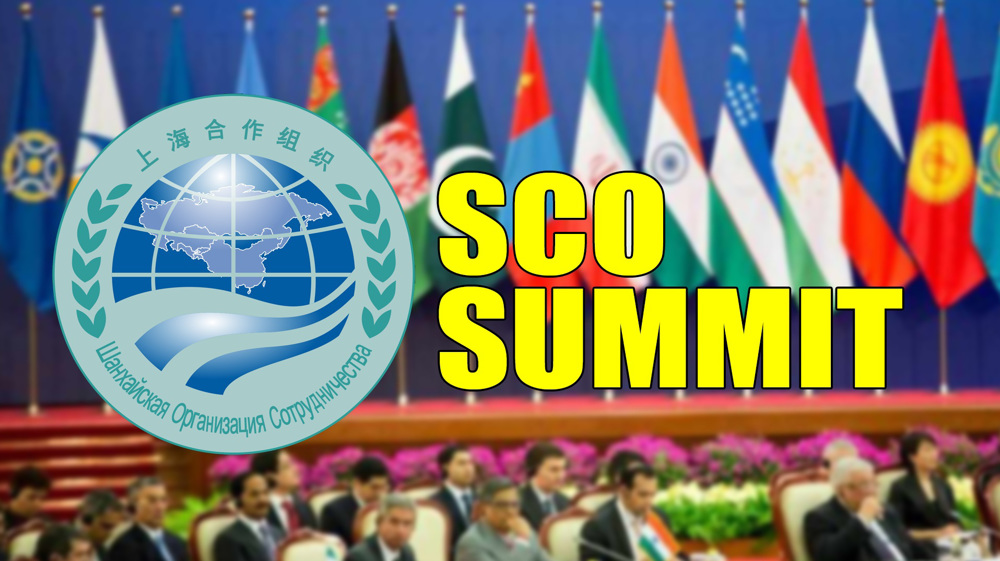
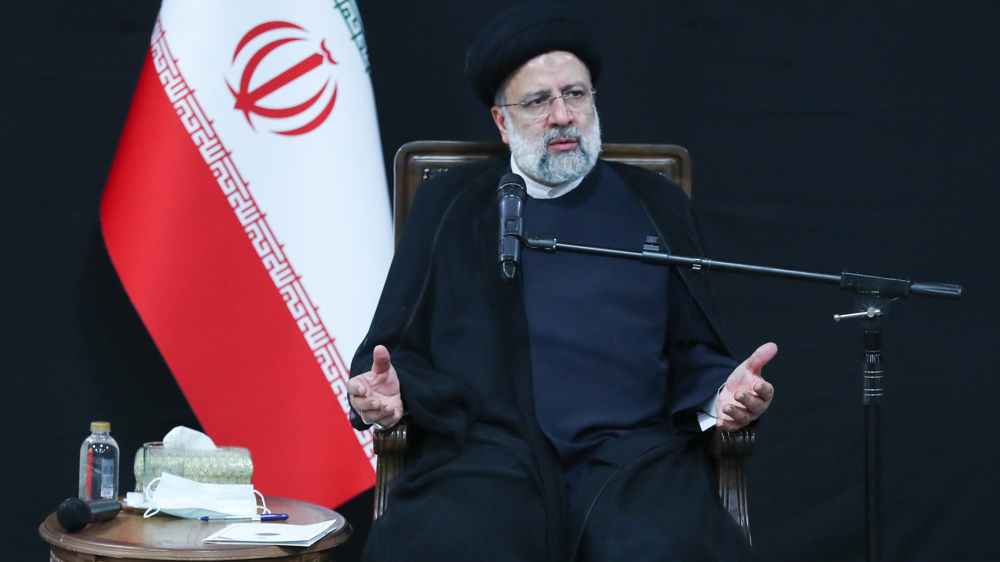

 This makes it easy to access the Press TV website
This makes it easy to access the Press TV website